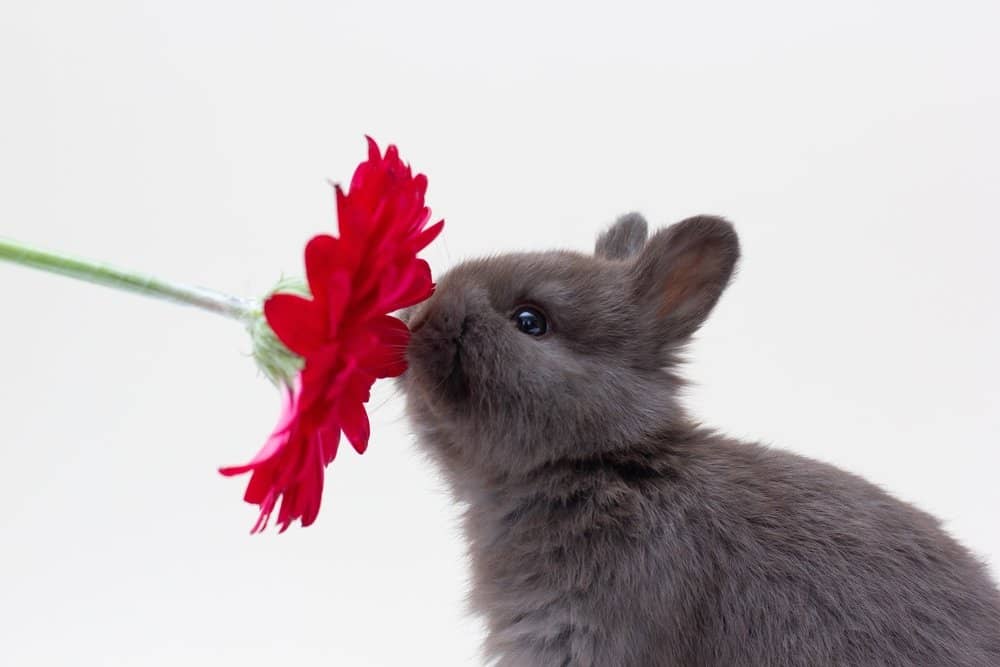What You Need to Prepare for a New Rabbit
Hooray—you’ve decided to take the plunge and get a pet rabbit! If you’re looking for an adorable and loving companion, rabbits definitely fit that bill. But like all new pets, there are some things you should do before bringing home your cottontail cutie so they can have a comfortable life in their new home. Don’t worry—we’ve got your back on this one! Read on to find out what you need to prepare before taking in your newest family member (pssst…you don’t want your house “hoppin'” with surprises).
Congratulations on your New Pet Rabbit!
Getting a new pet rabbit can be an exciting experience—all the cuddles, love, and fluffiness that comes with it! But before you take their big leap into having your own bunny buddy, you should consider a few things to make sure you and your furry friend have everything you need for a happy life together. Sure, bunnies may seem like small creatures, but they do require lots of love and attention, so it’s important that you’re all set up from the start. Check out this blog post for tips on getting ready for your rabbit addition to the family!
You might also like to read, Things New Rabbit Owners Need to Know.
The home base
Even if your rabbit roams a bunny-proofed room, he still needs a cage or pen for times he cannot be watched. The size of the cage should be determined by the size of your rabbit—the bigger, the better. For a small-sized bunny, you’ll want to make sure he has at least three square feet of living space. Also, ensure that there is enough horizontal and vertical space for him to move around comfortably and have enough room to stretch out. Most rabbits like to stretch.
We provide more details on choosing the right Rabbit Pen Size in this article on choosing the best cage for your pet.
Keep in mind that baby bunnies grow. Your house rabbit might be only a pound or two of fluff now. But it’s best to choose a roomy cage that still fits well when he is full-grown. While baby bunnies do seem more active, adult rabbits still enjoy having room to move around comfortably.
His pen should have enough space for stretching and comfort. But he will also want a daily exercise in a larger space. Think of this bigger area as his running space. It might be an exercise pen made for small animals or dogs. Or you might bunny-proof an entire room for your new bunny. Some people choose to allow their pet rabbit to have access to play in most of the home. This requires extra caution so that he can feel safe.
More necessities
The cage itself needs to be easy to clean and maintain. But you also need water bowls or a bottle and food dishes. Most people find a hay rack helps contain the mess of hay strewn around, too.
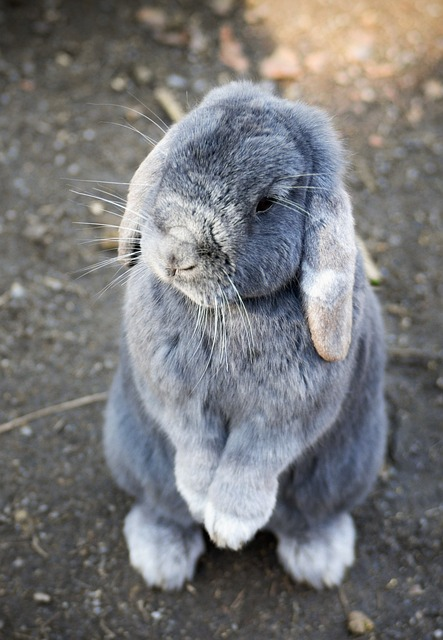
Food, Hay
Your pet rabbit needs to eat a healthy diet. This usually consists of a small amount of pellets, excellent quality hay, and treats. For training, small bits of vegetables make good treats.
Hay and crunching vegetables help satisfy your pet rabbit’s need for chewing. But they also make up the base of a healthy diet. In fact, they are the most important parts of his nutrition. Your pet needs excellent-quality hay like Timothy hay to ensure good health. We explain the need for your pet to have hay available at all times in the article, Why Do Rabbits Need Hay?
For details on the types of hay to consider for your rabbit’s diet, check out our article on types of hay for your pet.
Fresh veggies provide nutrients and digestive fiber
Fresh salad veggies that rabbits love include leafy greens, romaine lettuce, and herbs. Experts advise limiting sugary vegetables such as carrots. Just feed these as a tiny and rare treat.
Did you know that rabbits like to eat many flowers, too? It’s true. And these, along with vegetables and hay, provide the necessary digestive fiber that pellets often lack.
You might also consider growing microgreens for your pet rabbit. You feed sprouts and microgreens as they grow, roots and all! Any pet rabbit feels loved with these fresh greens!
Other fresh foods to consider might come from your backyard. Ours especially love freshly cut willow branches. They chew these quite happily for chewing recreation!
Never feed your rabbit these foods
Rabbit-proofing
To ensure your new pet stays safe, you’ll need to set up a great place for him to roam. Rabbit-proofing this area is essential. Small areas work well and are easier to contain.
Check for any wire that he might start chewing. Also, look for corners and any loose hangings he might find to chew.
Rabbits chew. Some will chew anything that they can. You might need to use a small flashlight to look into small areas that he might find to crawl into.
For more details on rabbit-proofing an area, check out our article, How to Rabbit Proof a Room.
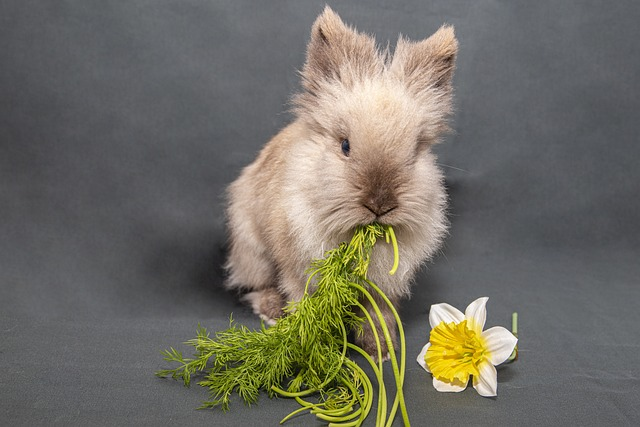
Litter training your new pet rabbit
Most rabbits take quickly to litter box training. They want to stay clean and thus easily become litter trained. This makes them even more desirable as a pet house rabbit.
Even when allowed access to a larger roaming area, your rabbit will usually seek out his litter box in time of need. Just make sure the rabbit’s litter box is easily accessible. You might even consider two litter boxes- one for the cage and one for the bunny-proofed room.
The process is similar to other animals. We provide details in our Ultimate Guide.
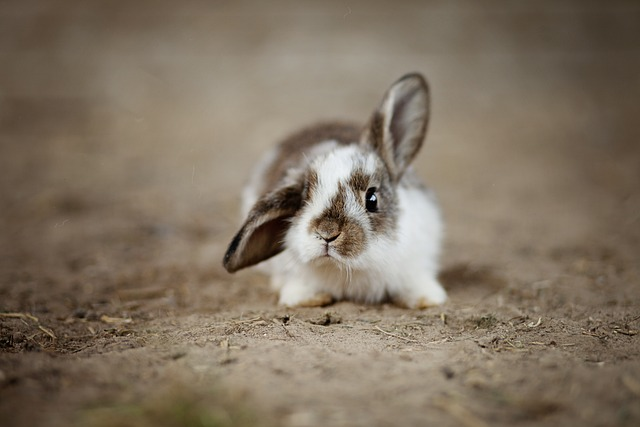
Litter Box
What should you use for a litter box? Some people opt for a cardboard box. This does work, but it has some potential shortfalls.
Rabbits like to chew. They don’t know the difference between the cardboard tube you provide for chewing and the litter box. Cardboard is all the same to them. If you choose to use a cardboard box, be prepared to change them out frequently.
The upside to using these boxes is that they are easily replaced and can be composted. This might be a good option for you if you have a compost bin.
Pet stores sell litter boxes made from other materials, often plastic. We prefer our rabbits not to eat plastic, so we usually opt for a less harmful choice. You might find a stainless pan that works well. Get creative!
Grooming Supplies
For most breeds, rabbit grooming is simple. You need a brush and a set of nail clippers. If your pet rabbit has angora hair, you should also have a comb and a special brush for long hair.
We use cotton balls for cleaning the ears. Forgo any bathing tools. Your pet rabbit stays clean naturally. If by chance he does get something on his coat, just wipe if off with a damp cloth. No bathing necessary!
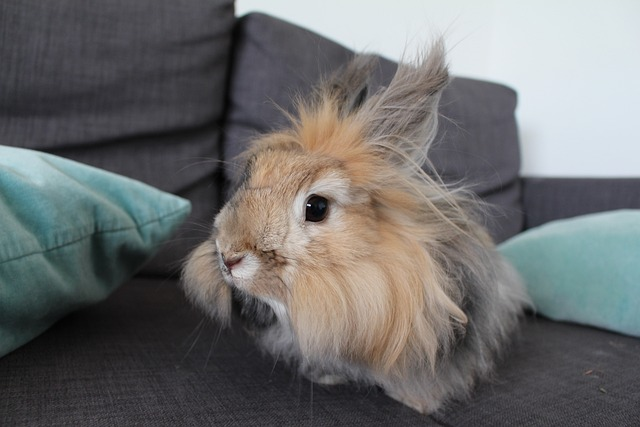
Toys
As we’ve discussed, rabbits love chewing and seem intent on chewing everything. That means you need to ensure that their pen and toys are safe for them, should they begin chewing.
How do you do that? Quite simple, actually! Just choose edible items. Willow branches, vegetables, and wood blocks that have not been coated or sprayed work well. Ours enjoy chewing pesticide-free apple chunks, too. Yes, rabbits enjoy playing with their food!
Just consider each toy separately. Think about the possibility that your pet rabbit might eat it. If you aren’t sure that would be safe, avoid giving him the toy.
For other ideas for toys (Insider.com)
Schedule and Daily Planner For Your New Pet Rabbit
Like many pets, your pet rabbit responds well to a set schedule. Setting a routine also helps to ensure that you don’t miss a vital part of his day. We recommend changing his water and feeding him on a set time. Hay should be available at all times, but check to ensure he has enough at least once daily. You might want to give him a bedtime snack, too.
For more ideas of care routine, home.adelphi.edu.
Ready to bring your pet rabbit home?
Now that you know what to consider before bringing a pet rabbit home, are you feeling ready? If not, that’s okay too. Most importantly, you do your research and feel confident in your decision before taking the plunge. Still, have more questions? Hop on over to our blog for more articles about bunnies, or leave us a comment below. We love hearing from our readers!
You Might be interested in these articles, too

